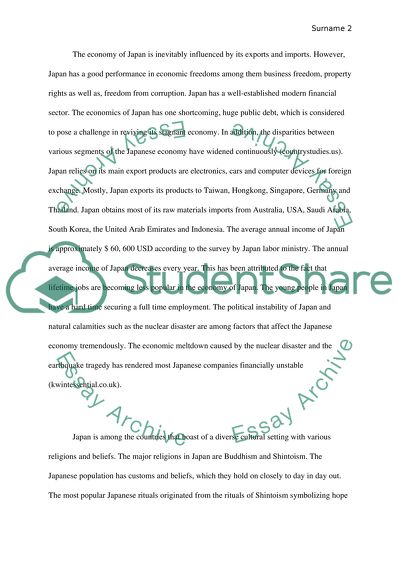Cite this document
(“Japan Essay Example | Topics and Well Written Essays - 1250 words”, n.d.)
Japan Essay Example | Topics and Well Written Essays - 1250 words. Retrieved from https://studentshare.org/other/1438221-japan
Japan Essay Example | Topics and Well Written Essays - 1250 words. Retrieved from https://studentshare.org/other/1438221-japan
(Japan Essay Example | Topics and Well Written Essays - 1250 Words)
Japan Essay Example | Topics and Well Written Essays - 1250 Words. https://studentshare.org/other/1438221-japan.
Japan Essay Example | Topics and Well Written Essays - 1250 Words. https://studentshare.org/other/1438221-japan.
“Japan Essay Example | Topics and Well Written Essays - 1250 Words”, n.d. https://studentshare.org/other/1438221-japan.


